When one thinks of yoga, what first comes to mind are the weird shapes that students put their body into for exercise. Those of us who practice yoga, know that there is far more to be had than just an increase in flexibility and strength, a decrease in stress, and a better night’s sleep. A simple definition of Bhakti yoga is “devotion to the Divine”. That doesn’t mean that we sell off everything and move to Katmandu. Instead, it offers an opening to practice one-pointed concentration upon one’s concept of God. Before you run for the hills believing this post has a religious agenda, remember that this is just an introduction, just a bit of information about a 5,000 year old science.
What is the one thing that most people search their entire lives for? Happiness. For every individual, their flavor of happiness is unique. In our Western society, we’ve been raised to believe that in order to be happy we have to accumulate stuff. That stuff can be money, cars, houses, boats, and any number of things that money can buy. The perfect job, relationship, vacation, and friends also fall into that category of “stuff” in which we search outside of ourselves to find in an effort to be happy. Some of us have ambitions and goals that we believe once they are met, we’ll be happy. To fulfill those goals, we strive and run around and multitask and spread ourselves thin, possibly not giving enough energy to any single part of our lives, or our days, to see much progress.
As we’re driving to work, we listen to the news or music, dividing our attention between what we hear, what we see, what we’re going to do once we get there, and what we’re going to make for dinner. After dividing our attention for eight hours between emails, phone calls, coworkers, the boss, and projects, we pile back into our cars and return home, repeating the same scattered attention we’ve practiced all day. While making dinner, we have the TV on, maybe we’re talking on the phone to a friend or family member, we open the door to let the dog out, begin to unload the dishwasher, stub our toe as we cut the corner of the kitchen into the dining room too close, and never really hear what it is that our partner in conversation is saying into the phone. How can we, when our attention is scattered to several things, none of them receiving our full, loving energy?
Everything that we do or say or think can be done singly, alone, without the distraction of other tasks needing to be done simultaneously. If we cut up a banana to have in our cereal in the morning, then to practice Bhakti yoga, we center all of our attention on the banana, the knife, the cutting board. We smell the scent of the fruit. We feel the ease as the knife slices into it. We notice that the slices are not all exactly the same width. We observe whether or not the slices float in the milk with the cereal, or if they sink to the bottom of the bowl. With this single-minded focus, we can pay attention to our thoughts. We don’t have to hold onto them, we just notice as they form, and then dissipate.
Concentration on one thing allows us to perform that action whole-heartedly. When we do this, we honor that action and ourselves. By giving our full attention to that one act, we express reverence. That reverence elevates that act above our ego. What is above our ego? Our version of God. If we devote our energies to one act at a time, with complete concentration, then we are devoting that act to God. When we do this with enough actions in our lives, we find that anything we do, from cleaning the house to saving the whales, is a devotion to the Divine. When we focus outside ourselves in our effort to be happy, that happiness is short-lived because it’s driven by the ego. When we focus inside ourselves in our effort to be happy, we find that the effort is applied through focus and concentration on one act at a time, and that the happiness available, lasts.
In my first collection of yoga poems, Yogis All: A Journey of Transformation, Volume I, I didn’t address the different schools of yoga. You can read a few of the topics I did write about on my website: http://www.myjoyenterprises.com
Do you practice Bhakti yoga? If not, in what ways might you begin your concentration and devotion?

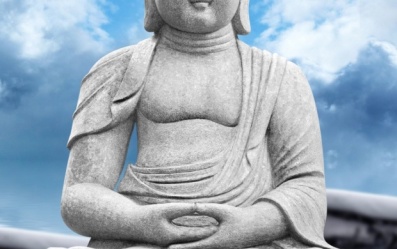
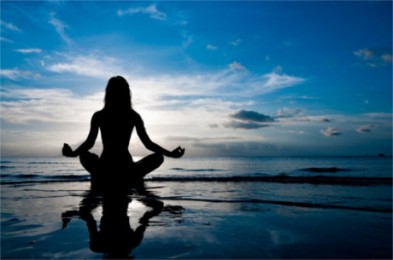

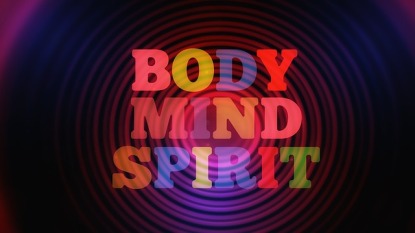
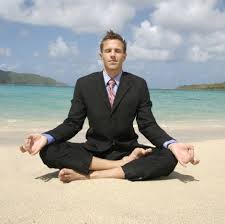
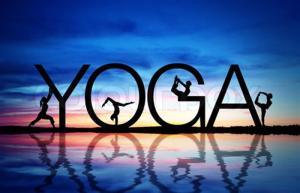

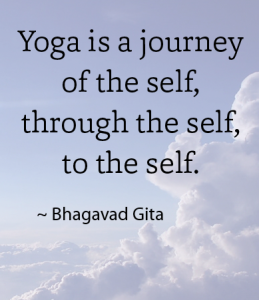
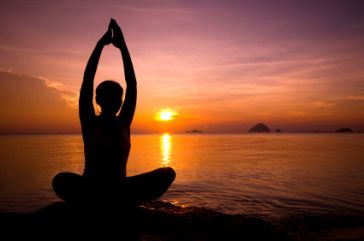
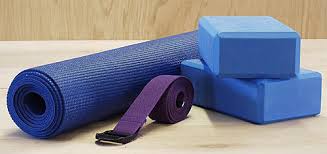
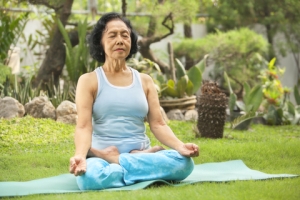
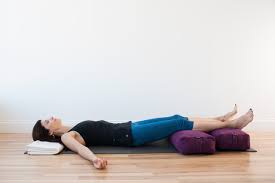

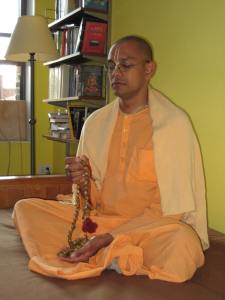
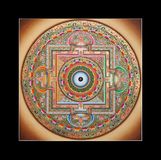

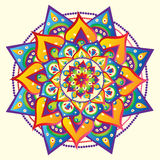
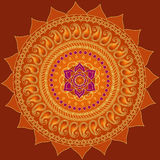
Recent Comments